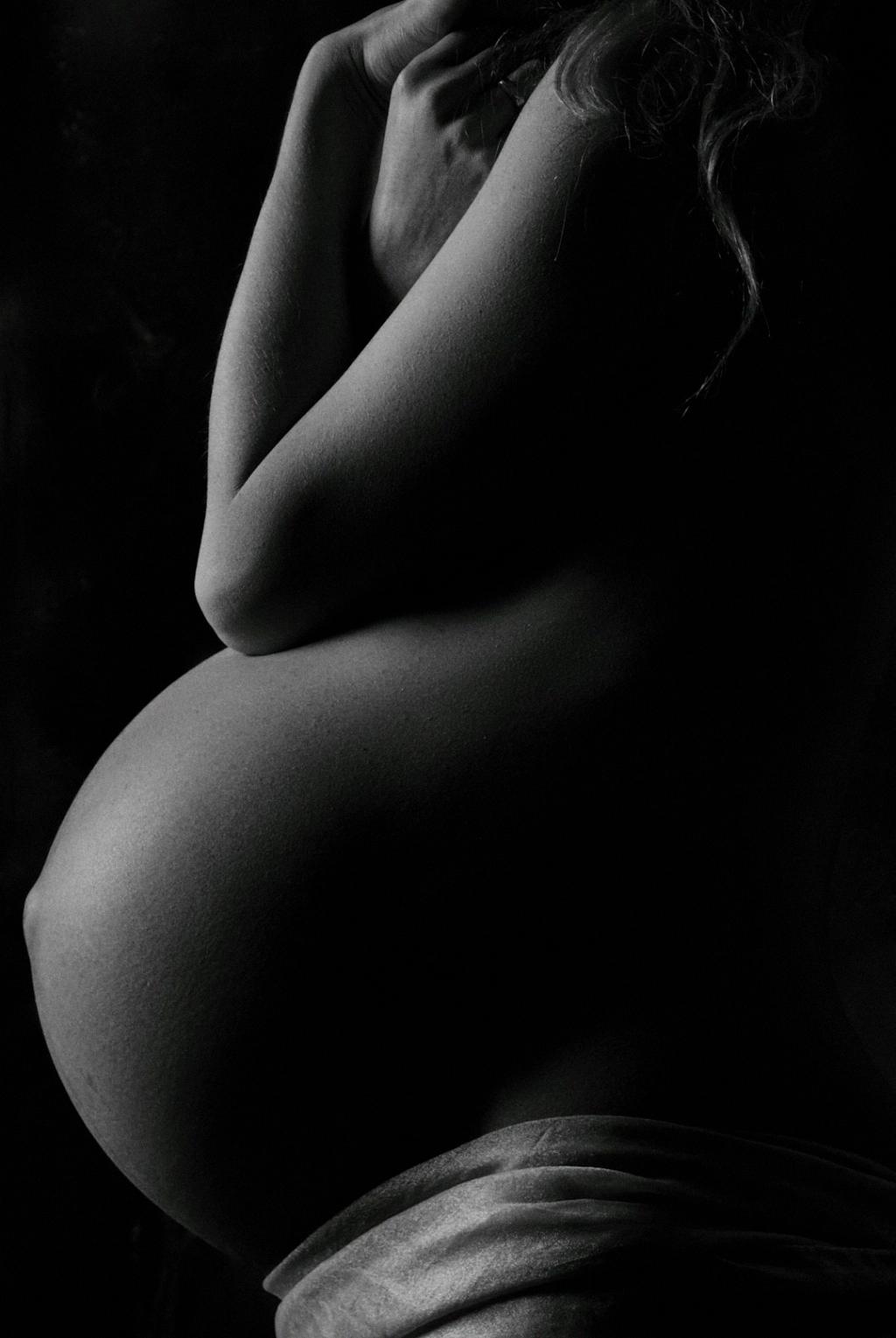After undergoing a C-section, it is common for healthcare providers to use Steri-Strips to help hold the incision closed and promote proper healing. These adhesive strips play a vital role in ensuring that the incision remains secure and protected during the initial stages of recovery.
One common question that arises for individuals who have undergone a C-section is how long the Steri-Strips should remain in place before they are removed. In general, Steri-Strips should be left on for approximately a week following the C-section procedure.
It is important to note that while showering is permitted after a C-section, it is crucial not to try to wash off the Steri-Strips or the adhesive glue. Instead, individuals can gently shower and pat the incision area dry with a clean towel. This practice helps to ensure that the Steri-Strips remain intact and continue to support the healing process.
Typically, Steri-Strips are designed to gradually fall off on their own within the first week post-surgery. If the strips are still in place after 10 days, individuals may consider removing them, unless advised otherwise by their healthcare provider.
While the general guideline suggests that Steri-Strips should be removed within one to two weeks post-C-section, it is essential to consult with a healthcare professional for personalized advice and guidance. Healthcare providers can assess the incision site and provide specific recommendations based on individual healing progress and any potential complications.
Keeping the incision area clean and dry can help promote the effective healing of the C-section incision. It is advisable to avoid excessive moisture around the Steri-Strips to prevent any issues with adhesion or irritation.
If individuals experience any discomfort, redness, swelling, or signs of infection around the incision site or under the Steri-Strips, it is crucial to seek immediate medical attention. These symptoms could indicate a possible complication that requires prompt evaluation and treatment.
Proper care and attention to the incision site, including the Steri-Strips, can significantly influence the overall healing process and minimize the risk of complications. Following post-C-section care instructions provided by healthcare professionals is essential for ensuring a smooth recovery and optimal outcomes.
Although Steri-Strips are an effective method for securing the incision site following a C-section, it is essential to follow the recommended timeframe for their removal. Prompt removal of the Steri-Strips, if necessary, can help assess the healing progress and address any concerns that may arise.
Individuals who have recently undergone a C-section should prioritize self-care and monitoring of the incision site to detect any changes or issues promptly. Open communication with healthcare providers and adherence to postoperative guidelines are paramount for the successful recovery and well-being of individuals post-C-section.
Understanding the role of Steri-Strips in the post-C-section healing process and the appropriate timeline for their removal can aid individuals in navigating their recovery journey with confidence and knowledge. By following recommended care practices and seeking medical advice as needed, individuals can promote optimal healing and recovery following a C-section.
In conclusion, the recommended duration for Steri-Strips to stay on after a C-section is approximately one week. However, individual healing progress and healthcare provider guidance should dictate the specific timeframe for Steri-Strips removal to ensure optimal healing outcomes and reduce the risk of complications.

